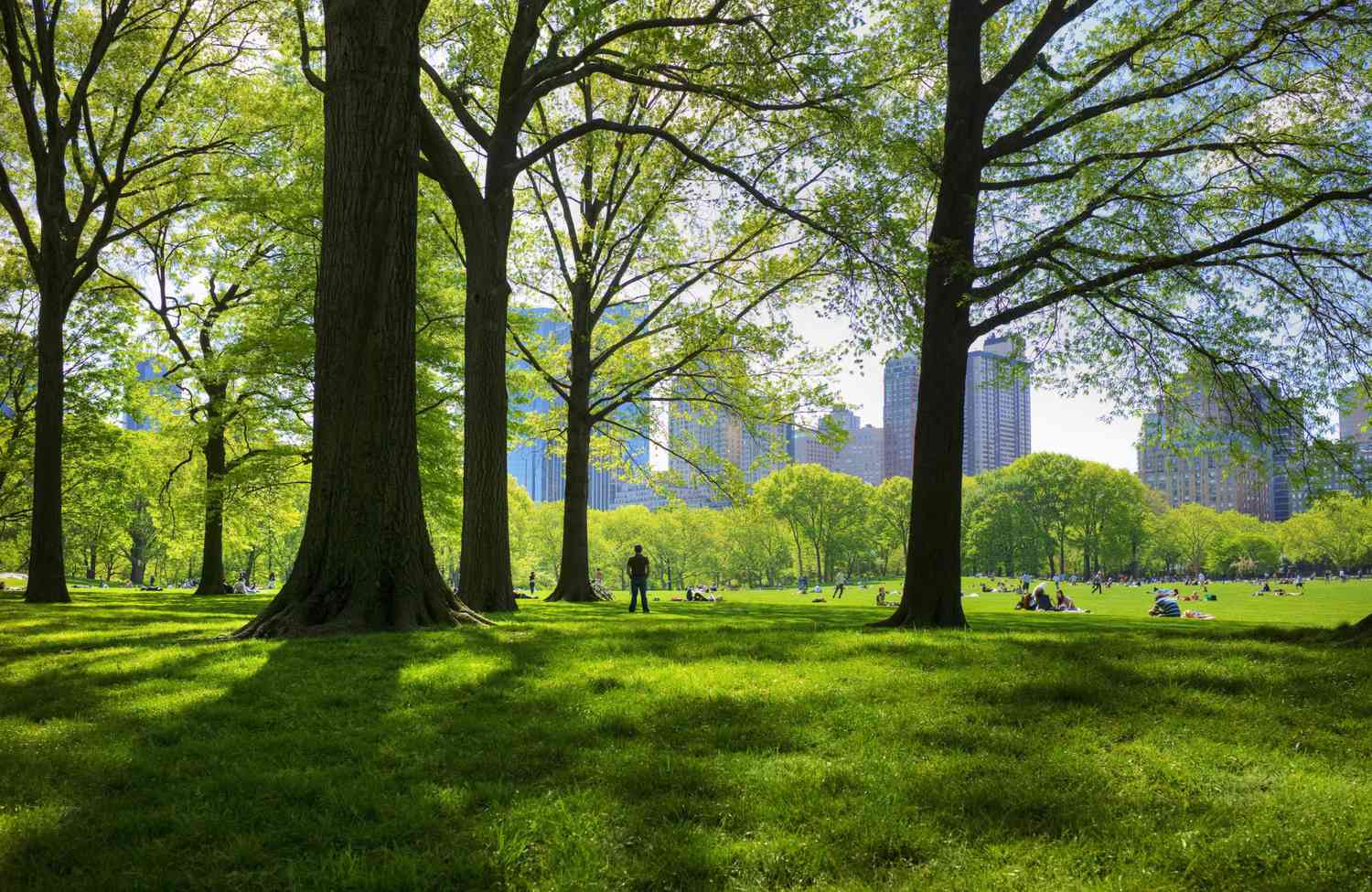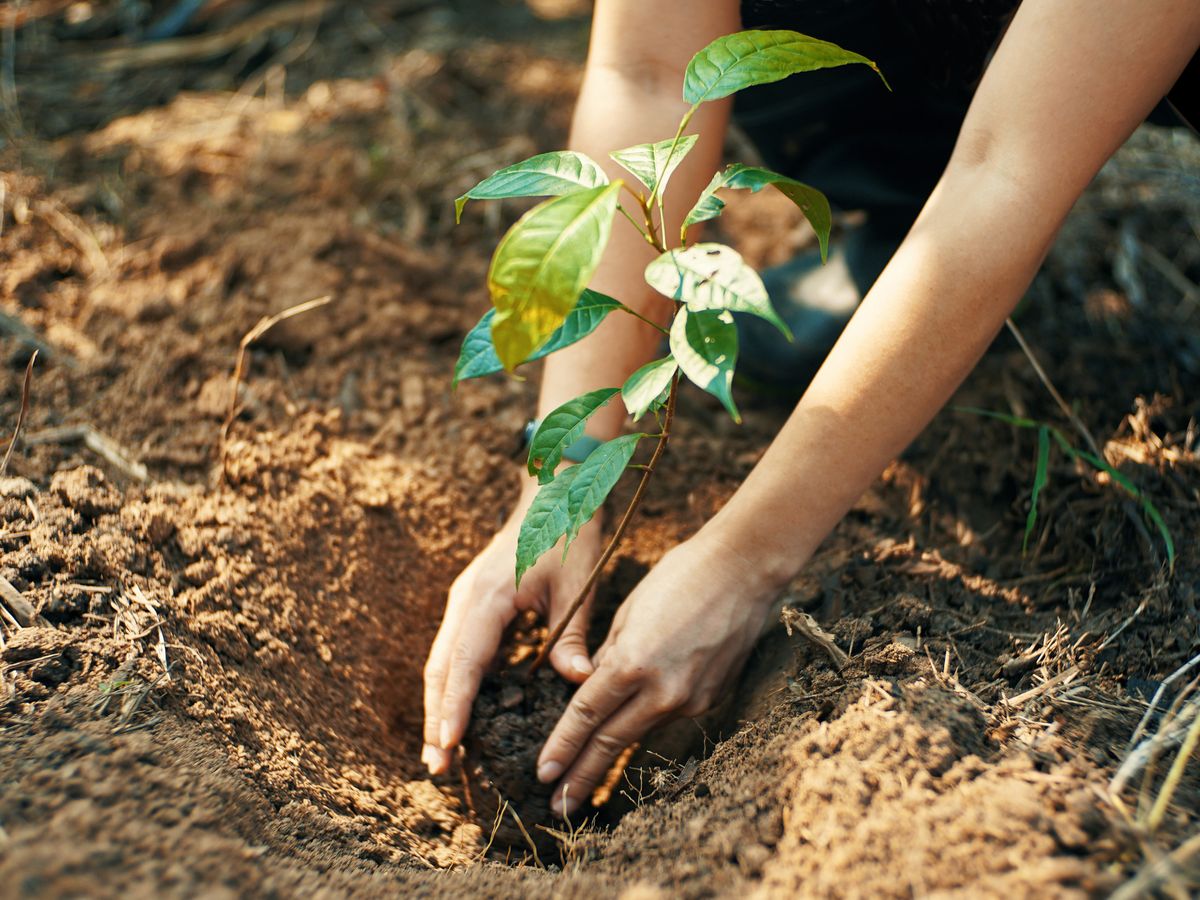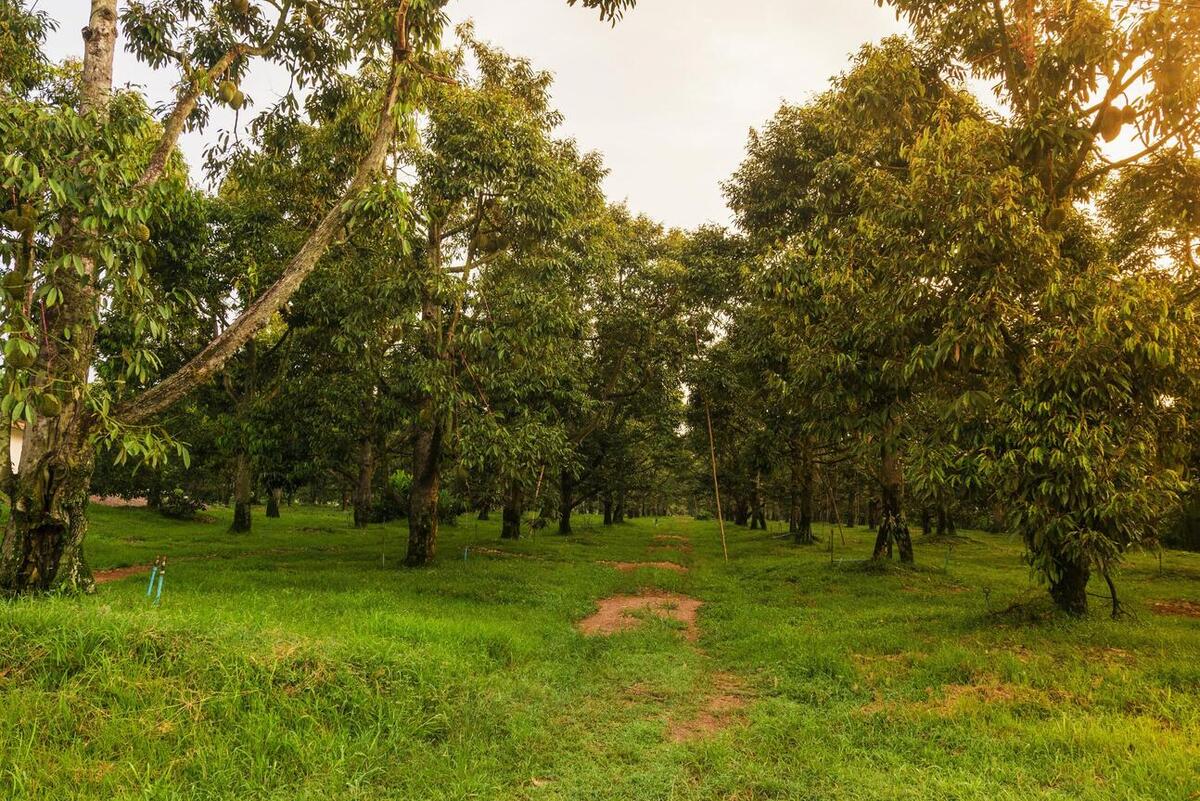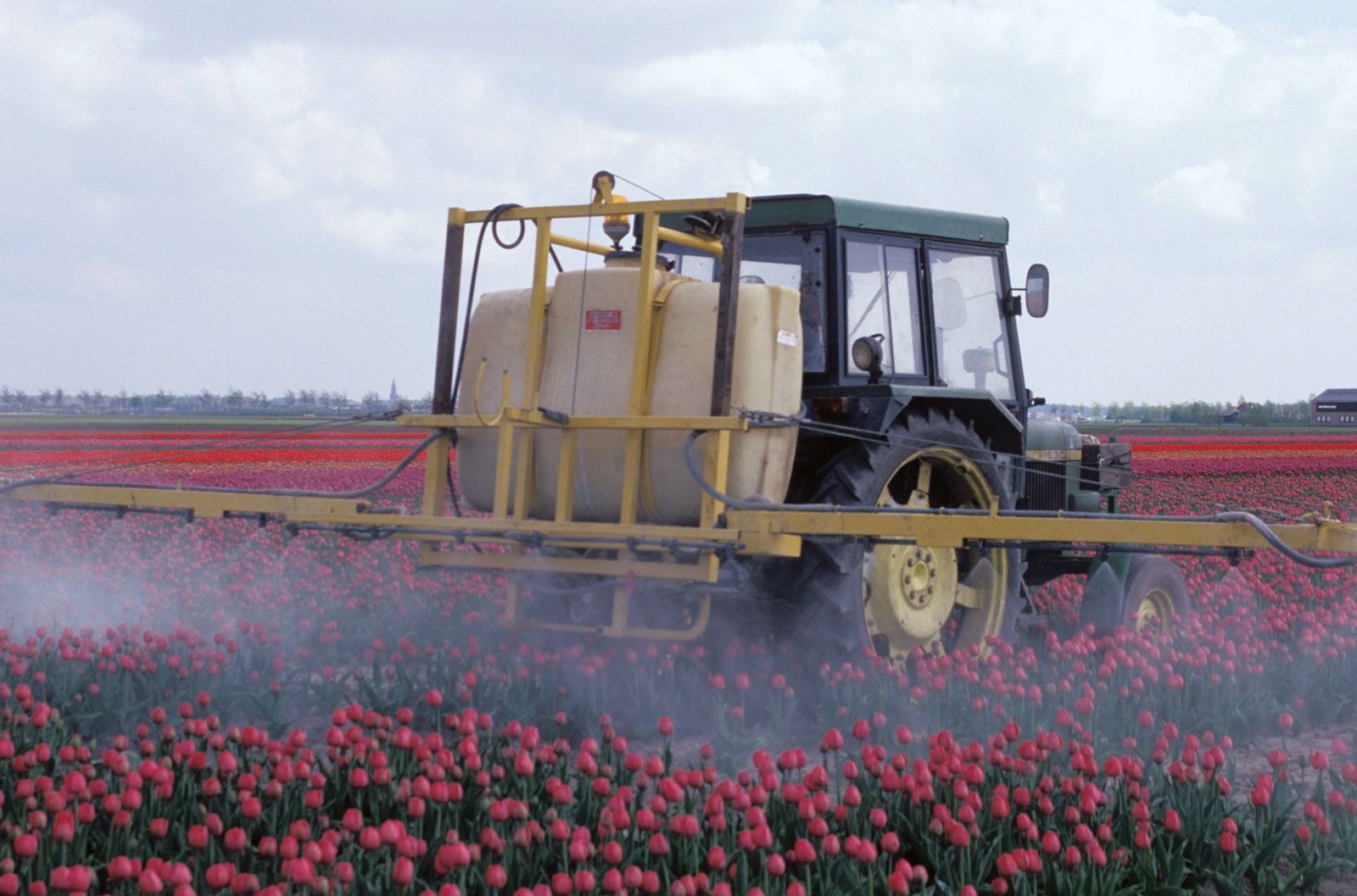Home>Gardening News and Trends>Latest News>How Many Trees Were There 1000 Years Ago
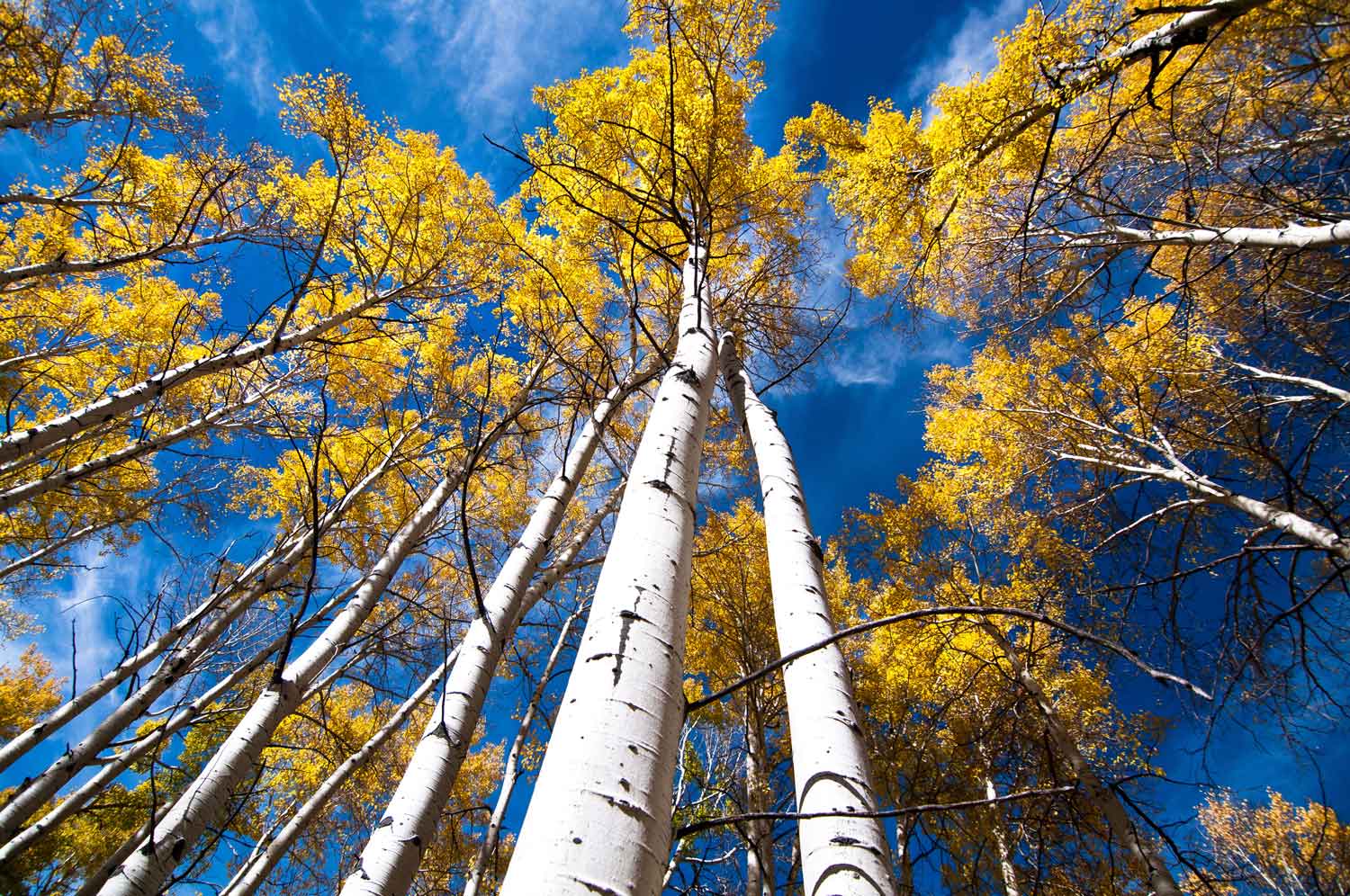

Latest News
How Many Trees Were There 1000 Years Ago
Modified: January 22, 2024
Discover the fascinating story of how many trees existed a millennium ago. Stay updated with the latest news on environmental preservation and conservation efforts.
(Many of the links in this article redirect to a specific reviewed product. Your purchase of these products through affiliate links helps to generate commission for Chicagolandgardening.com, at no extra cost. Learn more)
Table of Contents
Introduction
Imagine a world 1000 years ago, abundant with lush green forests stretching as far as the eye can see. Trees, majestic and towering, providing habitats for countless animals and plants. But how many trees were there, really, in the forests of the past?
The question of tree population in the distant past is an intriguing one, as it gives us a glimpse into the natural world before the impact of human activities on the environment. It allows us to understand the changes that have taken place over centuries and the consequences they have had on our ecosystems.
There are several factors that need to be considered when exploring the population of trees from a millennium ago. These include natural events and climate changes, as well as human interventions and deforestation. By examining historical accounts and studies, we can estimate the number of trees that existed in the past and gain valuable insights into the impact on biodiversity and ecosystems.
This article will delve into these factors, examining how they have influenced tree populations over time and what their implications are for the natural world today. From ancient landscapes to the present, we will explore the changes that have shaped our forests and the challenges we face in preserving them.
Factors Affecting Tree Population
The population of trees in any given area is influenced by a variety of factors, both natural and human-induced. Understanding these factors is crucial in determining the number of trees that existed 1000 years ago and how that population has evolved over time.
Natural events such as wildfires, storms, and insect infestations can have a significant impact on tree populations. These events can result in the loss of trees through burning, wind damage, or disease. However, they can also create opportunities for new trees to grow, as wildfires can clear out competition and provide fertile ground for regeneration.
Climate changes also play a role in tree populations. Variations in temperature and rainfall patterns can affect tree growth and survival. For example, droughts can lead to water stress, causing trees to wither and die. Similarly, extreme cold temperatures can damage or kill trees that are not adapted to such conditions. Over the course of centuries, shifts in global climate patterns can have long-lasting effects on tree populations.
On the other hand, human interventions have had a profound impact on tree populations. Deforestation, in particular, has led to a significant reduction in the number of trees worldwide. Rapid industrialization and the expansion of agricultural activities have driven the clearing of forests for timber, land, and other resources. This has resulted in the loss of countless tree species and ecosystems.
Additionally, urbanization and infrastructure development have also contributed to the decline of tree populations. The construction of cities and roads often involves the removal of trees, further fragmenting forested areas and disrupting the habitats of numerous species.
It is essential to consider these factors when estimating the tree population 1000 years ago. By analyzing historical data and studying the ecological effects of natural events and human activities, scientists can gain insights into the changes that have occurred in tree populations over time.
Next, we will explore in more detail the specific historical accounts and studies that provide us with estimates of tree populations from a millennium ago and examine their implications for the present-day biodiversity and ecosystems.
Natural Events and Climate Changes
Natural events and climate changes have played a significant role in shaping tree populations over the course of history. These factors have influenced both the growth and decline of trees, offering insights into the tree population 1000 years ago.
Wildfires, for example, have been a natural occurrence for millions of years. While devastating in the short term, wildfires can actually be beneficial for tree populations in the long run. They clear out underbrush and competing vegetation, allowing certain tree species, particularly those with fire-resistant adaptations, to thrive. As a result, some regions that experienced regular wildfires may have had higher tree populations compared to other areas.
Similarly, storms and severe weather events have shaped tree populations. Strong winds can uproot and fell trees, leading to the loss of individuals or even entire stands. However, these events also create openings for new growth, as fallen trees provide valuable nutrients and sunlight to smaller, understory trees. This process, known as natural succession, allows for the regeneration of tree populations after destructive events.
Climate changes, both global and regional, have also had a significant impact on tree populations. During the last millennium, there have been periods of warming and cooling, as well as shifts in rainfall patterns. These climatic variations have affected tree growth and distribution.
For instance, in regions that experienced prolonged droughts, water-stressed trees would have struggled to survive, resulting in population declines. On the other hand, areas with more favorable moisture conditions may have supported thriving tree populations. Similarly, cold snaps and freezes can damage or kill trees, particularly those not adapted to such temperature extremes.
Climate change during the last millennium has been attributed to various natural processes, including solar variations and volcanic activity. These changes have shaped the distribution and abundance of different tree species across the globe, contributing to the diverse array of forests we see today.
By studying historical accounts, analyzing tree ring data, and examining fossilized plant remains, scientists have been able to reconstruct past climate conditions and understand their influence on tree populations. These findings provide valuable insights into the changing dynamics of forests and how they have responded to natural events and long-term climate changes.
Now that we have explored the impact of natural events and climate changes on tree populations, let’s turn our attention to human interventions and their effects on the forests of the past.
Human Interventions and Deforestation
While natural events and climate changes have influenced tree populations throughout history, human interventions have had a significant and often detrimental impact on forests. Deforestation, in particular, has led to a significant reduction in the number of trees worldwide, altering ecosystems and threatening biodiversity.
Driven by the rapid growth of human populations and the demand for resources, deforestation has been a common practice for centuries. The clearing of forests for timber, agriculture, and urban development has resulted in extensive loss of tree cover. Vast areas of once-thriving forests have been transformed into farmland, plantations, or urban landscapes.
Industrialization and technological advancements have accelerated the rate of deforestation, allowing for more efficient extraction of resources from forests. Mass logging, particularly for valuable timber species, has severely impacted tree populations, leading to the decline or local extinction of numerous tree species.
Moreover, deforestation has far-reaching ecological consequences. As trees are removed, the intricate balance of ecosystems is disrupted. Many species rely on trees for food, shelter, and nesting sites, and their loss can result in the fragmentation and degradation of habitats.
Deforestation also contributes to climate change. Trees act as carbon sinks, absorbing carbon dioxide from the atmosphere and storing it in their trunks, branches, and leaves. When forests are cleared, this stored carbon is released back into the atmosphere, contributing to the greenhouse effect and global warming.
While deforestation has been historically driven by economic interests, there is growing recognition of its negative impacts and the need for sustainable land-use practices. Efforts are being made to promote reforestation, afforestation, and effective forest management to restore degraded areas and preserve tree populations.
International agreements and initiatives, such as REDD+ (Reducing Emissions from Deforestation and Forest Degradation), aim to reduce deforestation rates and encourage sustainable forest practices. These efforts are essential in ensuring the preservation of tree populations and the overall health of our ecosystems.
By analyzing historical records, satellite imagery, and land-use data, scientists and environmental organizations are striving to quantify the extent of deforestation and its impact on tree populations. These studies provide valuable insights into the consequences of human interventions on the forests of the past and enable us to develop strategies for better conservation and sustainable land use.
Now, let’s delve into historical accounts and studies that provide estimates of tree populations from 1000 years ago, shedding light on the changes that have occurred over time.
Historical Accounts and Studies
When it comes to estimating the tree population from 1000 years ago, historical accounts and studies provide valuable insights. While direct data on tree populations may be scarce, a combination of sources can help paint a picture of the forests of the past.
One source of information is historical records and writings. Ancient texts, diaries, and accounts from explorers and naturalists can offer glimpses into the landscapes and the abundance of trees in certain regions. These accounts describe lush forests, dense woodlands, and the presence of various tree species. While these records may be subjective and limited in geographical scope, they provide valuable historical context.
In addition to written accounts, scientists use various methods to estimate tree populations from the past. One method involves analyzing fossilized pollen and charcoal records found in sediment cores. By identifying different species of plant pollen and assessing the charcoal deposits, researchers can gain insights into the flora composition and the occurrence of wildfires in different time periods.
Another valuable source of information is dendrochronology, the study of tree rings. By examining the growth patterns in tree rings, scientists can determine the age and growth rate of trees. This data can be compared with living individuals and used to estimate past tree populations. Tree ring data can also provide insights into the impacts of climate fluctuations and natural events on tree growth and survival.
Remote sensing technology, such as satellite imagery and aerial surveys, also plays a crucial role in assessing historical tree populations. By analyzing these images and comparing them with modern data, scientists can detect changes in forest cover over time. This information helps estimate historical tree populations and monitor deforestation rates.
Combining these sources, scientists have been able to develop models and estimates of tree populations from 1000 years ago. While these estimates may not be precise, they give us a broad understanding of the changes that have occurred over the centuries.
These historical accounts and studies provide valuable insights into how tree populations have changed over time and the factors that have influenced them. Understanding the past helps us comprehend the consequences of human interventions and climate change on our forests and enables us to make informed decisions for the future preservation and restoration of tree populations.
In the next section, we will explore the estimates of tree populations from 1000 years ago and discuss their implications for biodiversity and ecosystems.
Estimates of Tree Population 1000 Years Ago
Estimating the tree population from 1000 years ago is a challenging task, as direct data is scarce. However, through a combination of historical records, scientific studies, and modeling techniques, researchers have been able to make rough estimates of tree populations during this period.
Historical accounts indicate that many regions were covered in dense forests, suggesting high tree populations. Ancient texts describe vast woodlands, thriving ecosystems, and the presence of various tree species. While these accounts may be subjective and geographically limited, they provide valuable clues about the abundance of trees in the past.
Scientific studies contribute to our understanding of past tree populations as well. Dendrochronology, the study of tree rings, plays a significant role in estimating tree populations from different time periods. By analyzing the growth patterns in tree rings, scientists can infer the age and growth rate of trees. This information, combined with historical data, helps estimate past tree populations in specific regions.
Another approach involves analyzing pollen and charcoal records found in sediment cores. Fossilized pollen provides insights into the types of trees that existed in a particular area, while charcoal records indicate the occurrence of wildfires. By studying these records, scientists can estimate the diversity and density of tree populations in different time periods.
Modeling techniques utilizing remote sensing data, such as satellite imagery, have also been used to estimate historical tree populations. By analyzing changes in forest cover over time and comparing it with present-day data, researchers can infer the extent of deforestation and estimate the tree populations from 1000 years ago.
While the estimates of tree population 1000 years ago may not be precise, they provide a general understanding of the changes that have occurred over time. It is important to note that tree populations varied greatly across different regions, ecosystems, and continents. Factors such as climate conditions, geographical features, and human activities influenced the diversity and density of tree populations in specific areas.
Understanding the tree population from 1000 years ago is crucial for assessing the impact of human activities and climate change on our forests. It allows us to evaluate the loss of biodiversity, the degradation of ecosystems, and the need for conservation and restoration efforts.
In the following section, we will discuss the implications of the changes in tree populations for biodiversity and ecosystems.
Impact on Biodiversity and Ecosystems
The changes in tree populations over the past millennium have had significant implications for biodiversity and ecosystems. As tree populations have declined due to deforestation and other human activities, the loss of habitats, disruption of ecosystems, and threats to biodiversity have become prominent concerns.
Trees play a crucial role in supporting diverse ecosystems by providing habitats, food sources, and breeding grounds for numerous plant and animal species. The reduction in tree populations leads to the fragmentation and degradation of habitats, making it increasingly challenging for species to survive and thrive.
When forests are cleared, the intricate interactions between species are disrupted. Many animals depend on trees for shelter, nesting sites, and food sources, such as fruits, nuts, and insects. The loss of tree populations can directly impact the survival of these species and disrupt the delicate balance of ecological relationships.
The loss of tree diversity also affects ecosystem resilience. Different tree species fulfill specific roles in ecosystems, contribute to nutrient cycling, soil conservation, and provide various ecosystem services. When certain tree species decline or disappear, these vital ecosystem functions can be compromised.
Furthermore, trees are critical for carbon storage and climate regulation. They help mitigate climate change by absorbing carbon dioxide from the atmosphere through photosynthesis and storing it in their biomass. The reduction in tree populations results in reduced carbon sequestration, contributing to the accumulation of greenhouse gases and leading to global warming.
Loss of tree populations also impacts the availability of forest resources for human communities. Forests provide timber, food, medicine, and numerous other essential products, particularly in indigenous and local communities. As tree populations decline, these communities face challenges in sustaining their livelihoods and preserving their cultural practices.
Preserving and restoring tree populations is essential for mitigating the impacts on biodiversity and ecosystems. Efforts are underway to protect and conserve existing forests, implement sustainable land-use practices, and promote reforestation and afforestation initiatives.
By preserving tree populations, we safeguard habitats for countless species, support ecosystem resilience, and ensure the provision of vital ecosystem services. Restoring degraded areas with native tree species can help rebuild habitats, reconnect fragmented landscapes, and promote the revival of biodiversity.
The impact of tree population changes on biodiversity and ecosystems highlights the urgent need for conservation and sustainable management practices. By recognizing the value of trees and the role they play in shaping our natural world, we can work towards a more sustainable future that nurtures and respects the invaluable biodiversity and ecosystems that trees support.
In the final section of this article, we will summarize the key points discussed and reiterate the importance of preserving tree populations for the well-being of our planet.
Conclusion
The population of trees 1000 years ago is a subject of curiosity and importance as it provides insights into the natural world before human interventions and climate changes significantly impacted ecosystems. Through historical accounts, scientific studies, and modeling techniques, estimates of tree populations from the past have been constructed.
Natural events, such as wildfires, storms, and climate changes, have always influenced tree populations. They have shaped forest landscapes, impacted species diversity, and influenced the distribution of tree species. Human interventions, particularly deforestation, have caused a significant decline in tree populations. Rapid industrialization, urbanization, and resource extraction have resulted in the loss of habitats, disruption of ecosystems, and threats to biodiversity.
Historical accounts, scientific studies, and modeling techniques have contributed to estimating tree populations from 1000 years ago. While these estimates may not be precise, they provide valuable insights into the changes that have occurred over time and the importance of tree preservation and restoration efforts.
The changes in tree populations have had a significant impact on biodiversity and ecosystems. The loss of tree cover has led to habitat fragmentation, disrupted ecological relationships, and threatened numerous plant and animal species. It has also diminished ecosystem resilience and contributed to climate change by reducing carbon sequestration.
To address these challenges, conservation and sustainable land-use practices are crucial. Protecting existing forests, implementing reforestation and afforestation initiatives, and promoting sustainable management of resources are vital for preserving tree populations and supporting biodiversity and ecosystems.
Preserving and restoring tree populations is not just about trees themselves but also about safeguarding countless species, mitigating climate change, supporting sustainable resource management, and respecting the livelihoods and cultural practices of communities around the world.
By recognizing the value of trees and understanding their importance in maintaining the health of our planet, we can work towards a more sustainable future. Through collective efforts, we can ensure the preservation and restoration of tree populations for the benefit of present and future generations.


